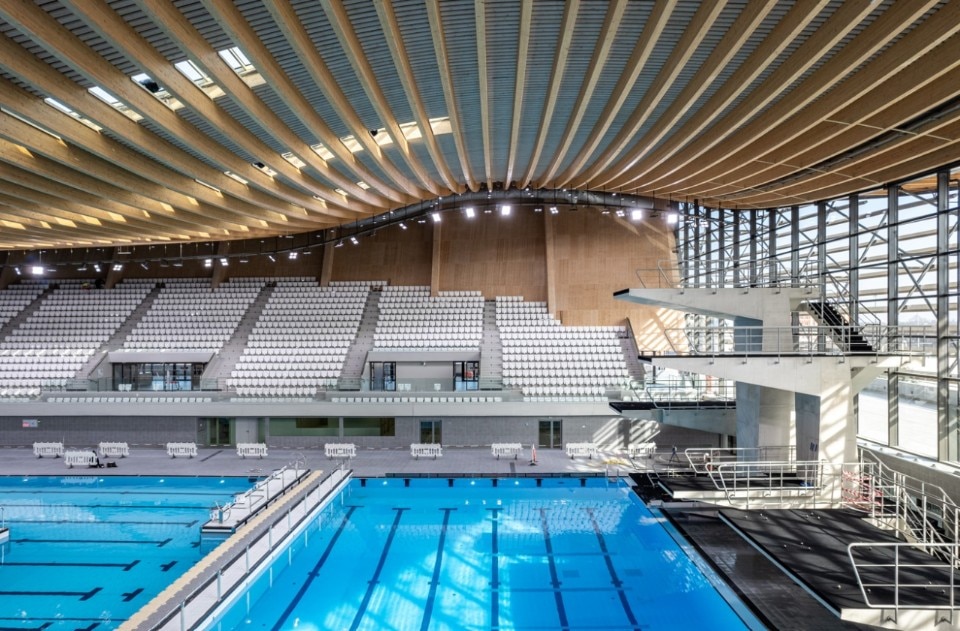by Giulia Zappa
The long-standing connection between Paris and the Olympics is noteworthy. Pierre de Coubertin – the driving force behind the revival of athletic competition on a global scale – ensured that after the first edition of the modern games in Athens in 1896, the second edition would be hosted in Paris. However, this great honor ran up against unfortunate timing. In fact, in 1900, the French capital also hosted the World’s Fair, which diverted energy and public funds to the construction of the Grand Palais, at the expense of Olympic infrastructure.
Consequently, there are few traces of what went down in history as the most disorganized edition of the Olympics – for instance, some athletes did not receive their medals until 1912. However, the opportunities changed in 1924 with the revival of the Stade Yves-du-Manoir, equipped with facilities that met the highest expectations in terms of comfort and entertainment of the era.
A century after the last edition on French soil, the stakes in architecture – both sporting and residential – have shifted towards different goals. More regenerative than exemplary and symbolic, the project for the Olympic spaces now embodies an eco-architecture aimed at regenerating liminal and abandoned areas, particularly the degraded ones between the northern districts and its first banlieue. Moreover, it embraces construction techniques with low environmental impact. In the following gallery, we present a mapping of the main Olympic infrastructures in Paris between 1900, 1924, and 2024.
Vélodrome de Vincennes
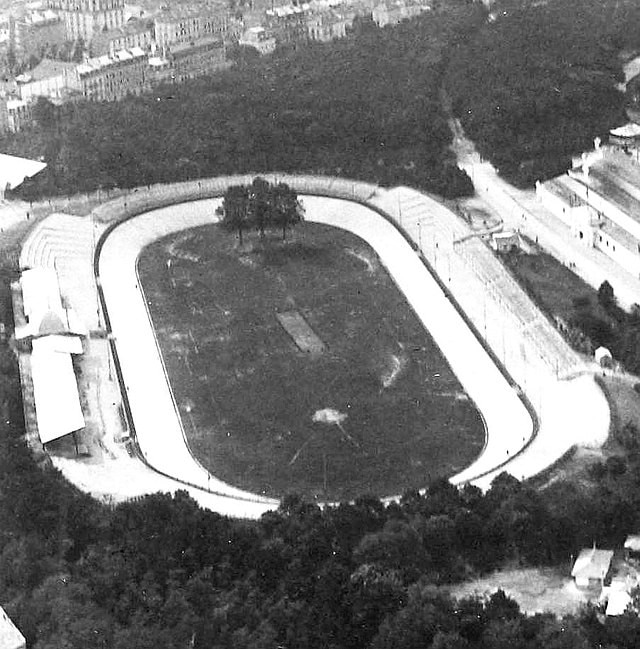
This is the iconic site of the 1900 Olympics. The track, built in 1896, hosted cycling, gymnastics, soccer, and rugby competitions, and in later decades, some stages of the Tour de France. Currently listed as a French heritage site, it was restored in 2015 and still preserves the iron stands built by Gustave Eiffel.
In 1900, other Parisian locations hosted sports events as well: the sports club on Île de Puteaux provided its courts for tennis – including women’s events. Fencing competitions took place in the Tuileries Garden, and Place de Breteuil hosted equestrian events, aided by the construction of a temporary racetrack.
Stade Yves-du-Manoir
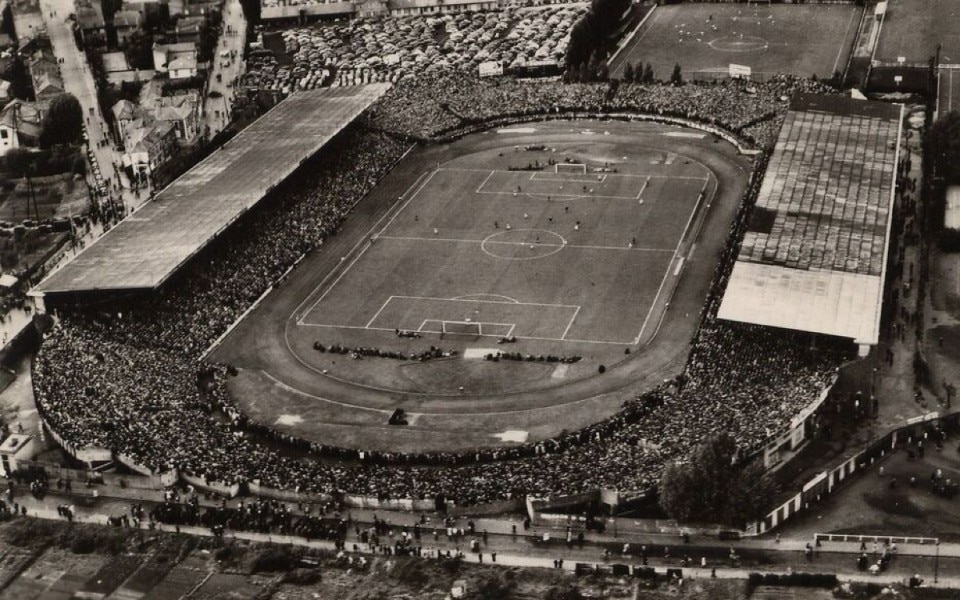
Originally built in 1883 as a racetrack, it was converted into a stadium in 1907 and later upgraded for the 1924 Olympics. Designed by architect Louis-Faure Dujarric, it had a capacity of 45,000 people, with 20,000 seated, and was notable for its advanced features such as electric lighting, hot water, and a press room under the bleachers. A neighboring Olympic village was also constructed in 1924, although the wooden buildings from that era no longer exist.
Piscine des Tourelles
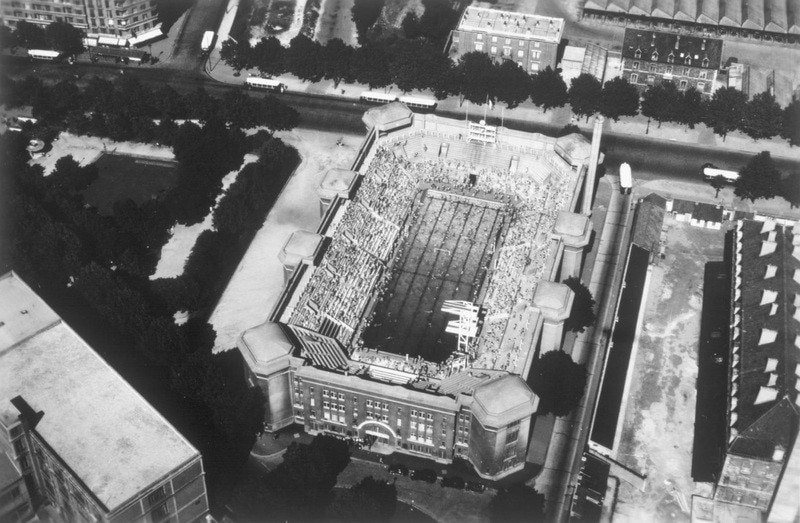
Now known as Georges-Vallerey Swimming Pool, this facility in the 20th arrondissement of Paris was built for the 1924 Olympics. It was the first 50-meter pool with lanes separated by cork lines and raised diving boards for better performance. Its stands could accommodate up to 1,500 spectators. Renovated in the 1980s, it will again host some events in this year’s Olympics. For the occasion, the frame of the retractable roof has been rebuilt with certified wood and polycarbonate panels.
Vélodrome d’Hiver
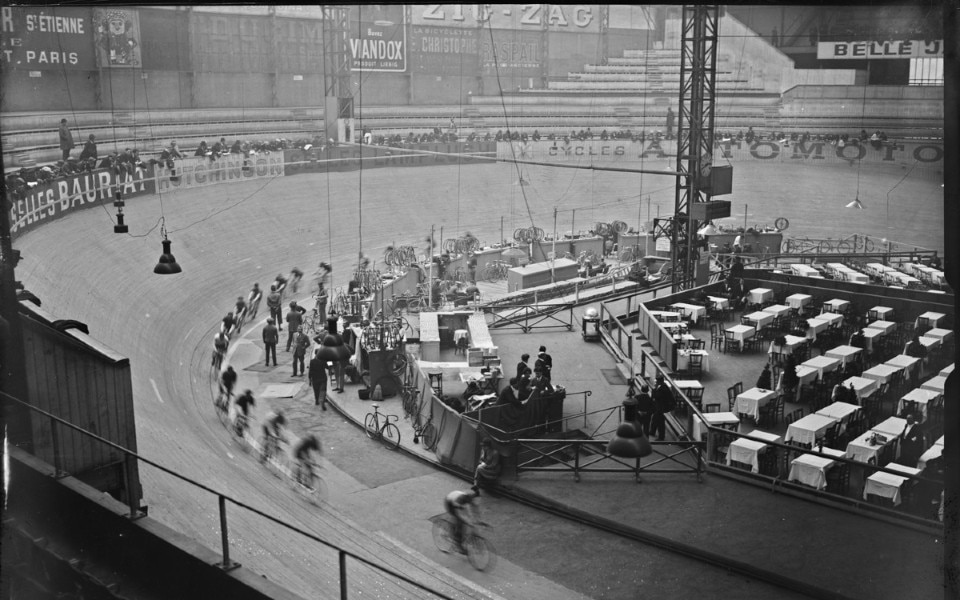
Sadly known for being the site of the roundup of Parisian Jews in 1942 and destroyed in 1958, the Vélodrome d’Hiver was inaugurated in 1910. With its 17,000 seats, it hosted boxing events in 1924.
Centre Aquatique Olympique
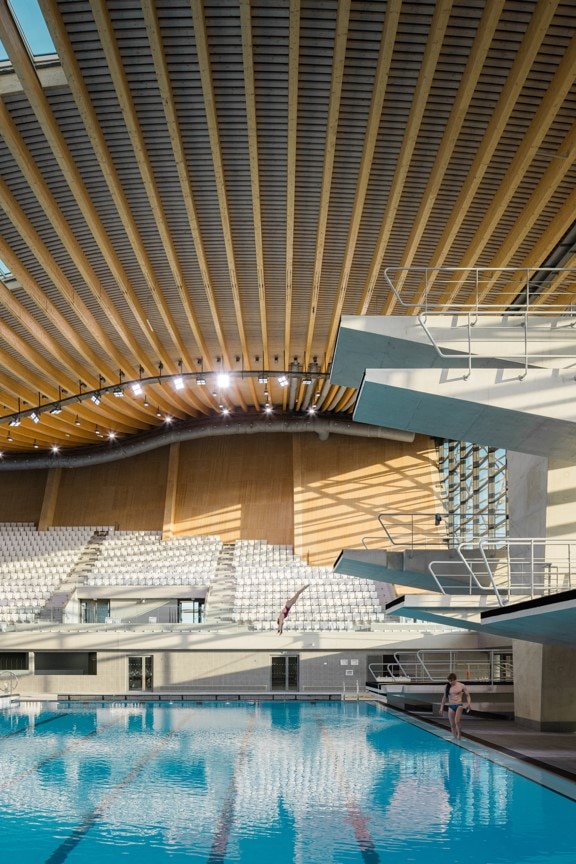
 View gallery
View gallery
The only sports facility built specifically for the 2024 Olympics, the site designed by Atelier 2/3/4 with Venhoeven CS is entirely made of organic materials, starting with the undulating wooden roof of the pools. Equipped with 5,000 square meters of photovoltaic panels on the roof, the facility is one of France’s largest urban solar parks, ensuring the energy self-sufficiency of the structure. The site is connected to the nearby Stade de France by a pedestrian walkway over the A1 highway.
Athletes’ Village
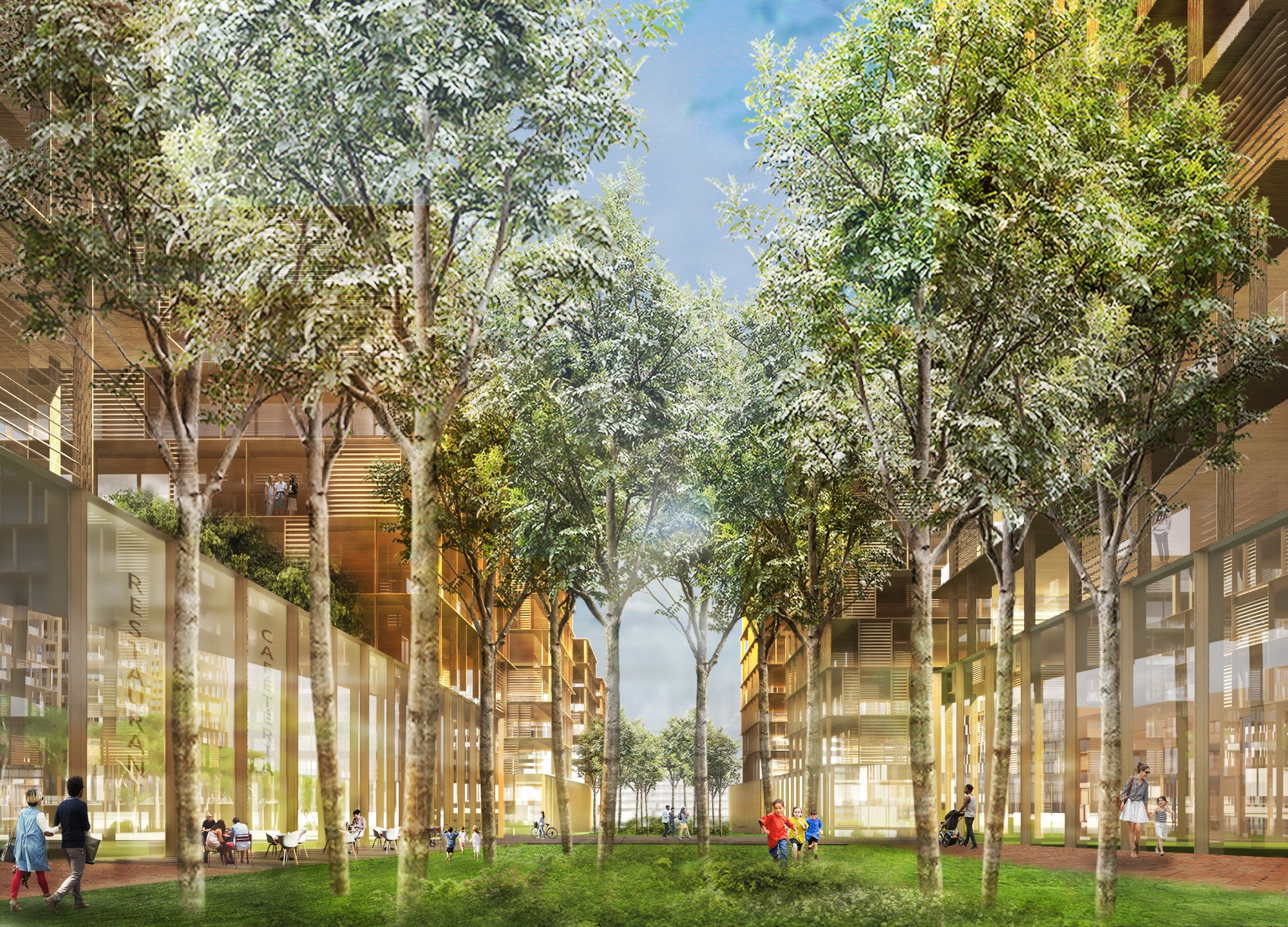
 View gallery
View gallery

Dominique Perrault Architecture, Athletes Village, Paris
Bord de Seine © Solideo, Dominique Perrault Architecte, Adagp

Dominique Perrault Architecture, Athletes Village, Paris
Coteaux © Solideo, Dominique Perrault Architecte, Adagp
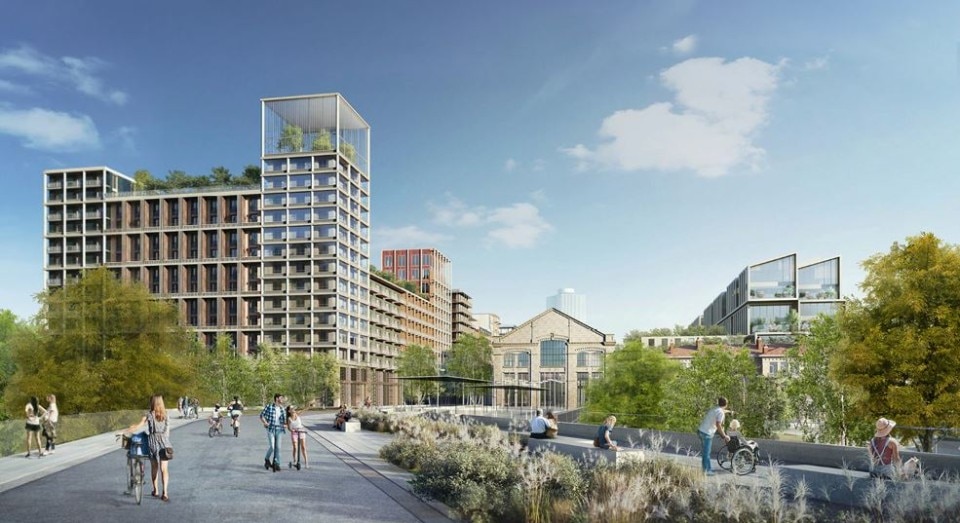
Dominique Perrault Architecture, Athletes Village, Paris
Espace public © Solideo, Dominique Perrault Architecte, Adagp

Dominique Perrault Architecture, Athletes Village, Paris
Mail Finot © Solideo, Dominique Perrault Architecte, Adagp

Dominique Perrault Architecture, Athletes Village, Paris
Les Quinconces © Solideo, Dominique Perrault Architecte, Adagp

Dominique Perrault Architecture, Athletes Village, Paris
© Solideo, Dominique Perrault Architecte, Adagp
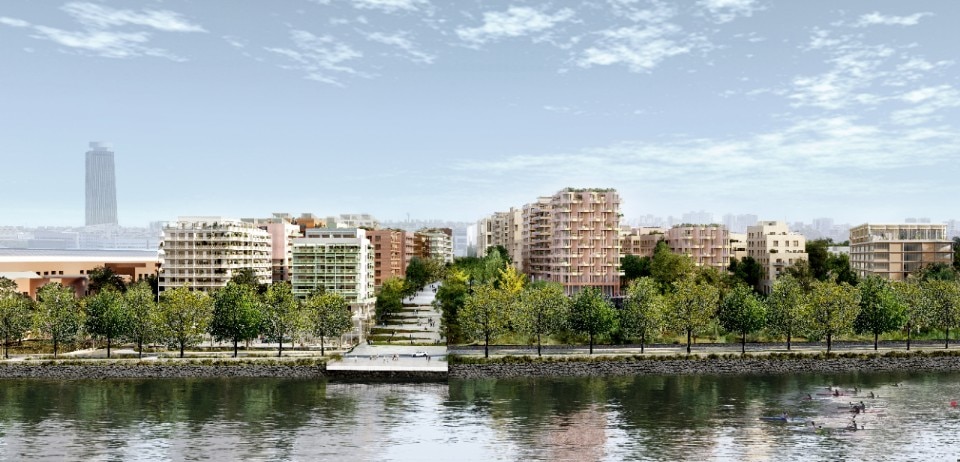
Dominique Perrault Architecture, Athletes Village, Paris
© Solideo, Dominique Perrault Architecte, Adagp

Dominique Perrault Architecture, Athletes Village, Paris
© Solideo, Dominique Perrault Architecte, Adagp

Dominique Perrault Architecture, Athletes Village, Paris
Bord de Seine © Solideo, Dominique Perrault Architecte, Adagp

Dominique Perrault Architecture, Athletes Village, Paris
Coteaux © Solideo, Dominique Perrault Architecte, Adagp

Dominique Perrault Architecture, Athletes Village, Paris
Espace public © Solideo, Dominique Perrault Architecte, Adagp

Dominique Perrault Architecture, Athletes Village, Paris
Mail Finot © Solideo, Dominique Perrault Architecte, Adagp

Dominique Perrault Architecture, Athletes Village, Paris
Les Quinconces © Solideo, Dominique Perrault Architecte, Adagp

Dominique Perrault Architecture, Athletes Village, Paris
© Solideo, Dominique Perrault Architecte, Adagp

Dominique Perrault Architecture, Athletes Village, Paris
© Solideo, Dominique Perrault Architecte, Adagp

Dominique Perrault Architecture, Athletes Village, Paris
© Solideo, Dominique Perrault Architecte, Adagp
Inaugurated in February 2024, the Paris 2024 Olympic Village covers 52 hectares, including 6 hectares of green spaces, and three municipalities in the first belt of the Parisian banlieue: Saint-Denis, Saint-Ouen-Sur-Seine, and Île-Saint-Denis. Designed as an eco-neighborhood with energy solutions and low-carbon building materials, it will host 6,000 residents after the Olympics and Paralympics. Residents will benefit from a central park, as well as various services and businesses.
Porte de la Chapelle Arena
This 20,000-square-meter multifunctional arena near the ring road is the only structure built in the municipality of Paris for the 2024 Olympics. It will host badminton events and later be used by Paris Basketball as well as for events and concerts. 2,600 square meters will be allocated to commercial spaces. Designed by SCAU and NP2F, the building features an aluminum-clad facade and a green roof. It exemplifies efficient waste management, with 95% of construction waste being recycled. The site also includes a sensory room for individuals with autism spectrum disorder.
Grande Nef dell’Île-des-Vannes
Designed by Anatole Kopp, Lucien Metrich, and Pierre Chazanoff and inaugurated in 1971 on the small island of Vannes on the Seine River in the former red banlieue of Paris, this structure resembles an upturned boat blending with the surrounding river landscape. It features an innovative 3,000-square-meter paraboloid roof made of a cable network tensioned by two oblique concrete arches. Recently restored by François Chatillon Architects to ensure compliance with current standards and improve energy efficiency, the site will host gymnastics training sessions.

